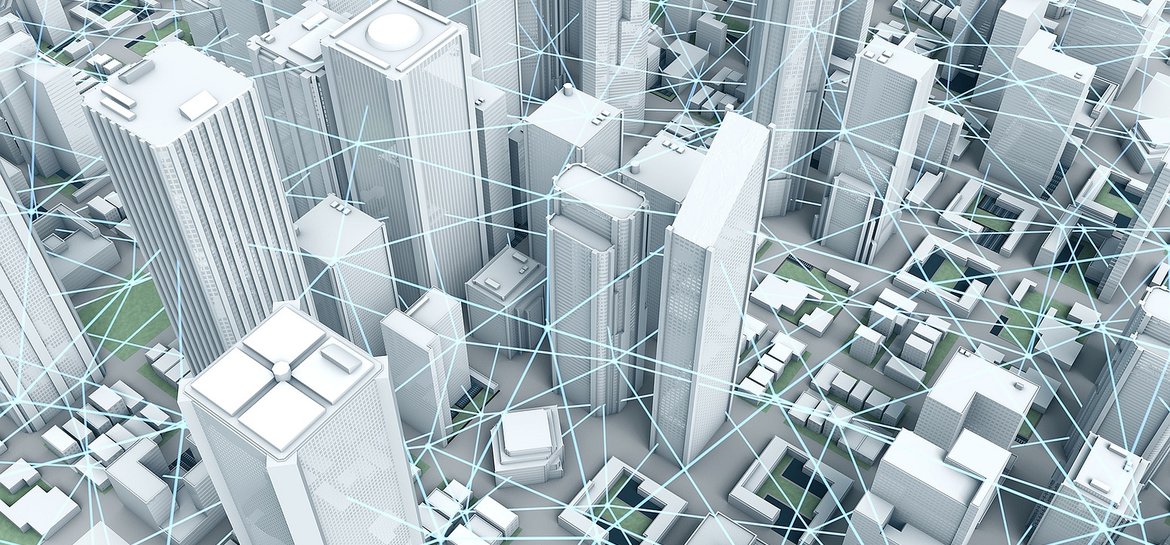
Watching the enthusiasm around Bill Gates’ plans to invest $80 million to build a smart city on the outskirts of Phoenix, I couldn’t help but wonder: Is the way we’re talking about smart cities somehow putting our efforts at risk?
With more than half the world’s population now living in cities, smart city initiatives were born out of the desire to address the most important challenges facing humanity today, and the Gates initiative is no different. As Gates recognizes, our cities are microcosms for the pervasive issues that affect everyone — from constrained resources and growing populations, to aging infrastructure and the accelerating pace of innovation.
But the reality is, when we talk about smart cities, we almost always lead with the tech: open data, automated logistics hubs, flexible infrastructure models, power grid monitoring, scalable platforms, and on and on. What about the people?
Amidst our tech enthusiasm, are we missing an opportunity to humanize smart cities in ways that further the public’s understanding of the benefits smart technologies could deliver? When we lead with the tech, we dull the public to this amazing concept and the real life benefits it can deliver to them. And I’ll be one to admit that the lighting industry can sometimes perpetuate this inside out approach.
A recent report by the Economist Intelligence Unit supports this observation. It found that while citizens from 12 cities around the world felt they could improve the cities where they reside in the key areas of social services, pollution reduction, environmental sustainability and waste collection, only 15% of them believed they could make meaningful contributions. A finding which is further validated by separate research from the Institution of Engineering and Technology (IET), which found that there is “public apathy” around smart city technology, and which called for greater public engagement.
These are important insights for me as a representative and steward of the lighting industry. While lighting is an essential part of the urban landscape and a powerful tool to breathe new life into cities, our contribution to smart cities needs to be grounded in the ability to improve safety, livability and sustainability. We can achieve this through more connected, dynamic, responsive and interactive lighting, but the value of lighting beyond illumination will ultimately be measured by its effect on the everyday lives of people.
Prioritizing the human impact of the smart city in storytelling might appear to be a small nuance, but I’d argue it’s a hugely important one.
Let’s look to the City of Los Angeles as an example. The city is embarking on a project to expand its smart city capabilities in order to improve public safety and support city services for resident, visitors and local businesses. To do so, the city is working to intelligently monitor and manage 110,000 of its 215,000 street lights, which has reduced the city’s energy usage for street lighting by 63%, saving the taxpayers almost $10 million annually. As a result, lighting utility operators are now informed of outages and are able to restore faults faster. Additionally, the city is leveraging its street lighting infrastructure to deploy acoustic sensors across the city so that it can actively assess its urban policies and maintain noise code compliance.
But all of those ROI stats are secondary to how this program has actually enhanced a sense of safety on city sidewalks. Or how it has improved the city’s ability to respond to noise complaints in a neighborhood.
Prioritizing the human impact of the smart city in storytelling might appear to be a small nuance, but I’d argue it’s a hugely important one. Because, when our industries convene the smart city conversation around the tech-specs of these upgrades, we’re guaranteed to shut others out of the dialogue.
If we make it a point to consistently focus on the humanity of it all, I believe we will be much more likely to engage with the communities we’re hoping to enhance– which, inarguably, is critical to the long term success of the smart city movement.
Avots: SmartCitiesDIVE